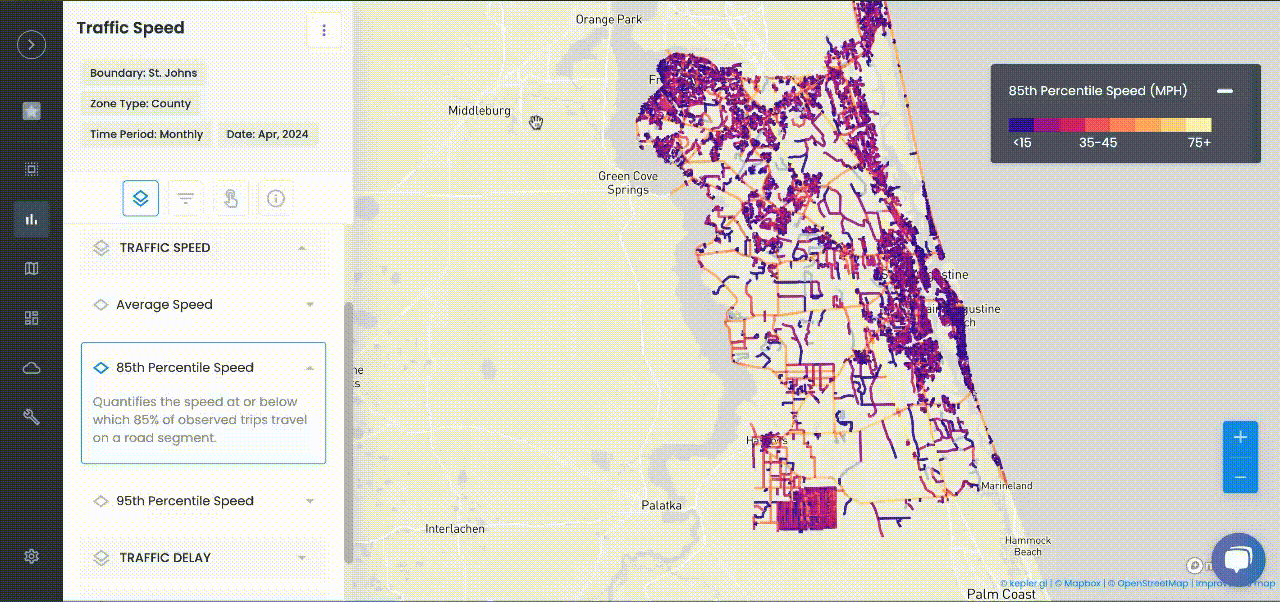
Transportation Planning
Implementing Digital Twin Technology in City Planning: Challenges & Best Practices
How cities use digital twins for planning. Discover challenges like data, cost, and security.
Learn how cities use digital twins for planning. Discover challenges like data, cost, and security, plus best practices for successful implementation.
Imagine having a virtual version of your city to play around with in real-time. That's what digital twins bring to city planning. A digital twin is a detailed simulation of a physical environment—like a city—using data from sensors, maps, and other sources. City planners can take advantage of these models to visualize projects, test changes to infrastructure, and make informed choices instead of just guessing. Cities across the globe are using digital twins to simulate things like traffic, energy usage, and more. But getting a digital twin up and running isn’t as simple as plugging it in. It takes a well-thought-out strategy.
Common Hurdles in Digital Twin Projects
- Merging Complex Data: Digital twins in cities depend on data from lots of sources like traffic sensors, utility networks, and satellite images. Putting all this data together in one smooth model can get complicated. Even small errors or outdated info can mess everything up. Missing or inconsistent data can lead to simulation mistakes or misleading outcomes.
- Tech Compatibility Issues: Different city systems like traffic lights and power grids might use different software that doesn’t work together. Merging these into one coherent model can be tricky. Often, you’ll need custom connectors or look for open standards that let different systems communicate.
- High Costs and Resources: Creating a detailed city-wide model requires funding for software, hardware, and skilled people. Costs for licenses, cloud processing, and gathering data can pile up before the digital twin is even finished. Smaller cities might struggle with money and expertise, so looking for grants, partnerships, or phased funding can help.
- Managing Change: Staff and stakeholders might be used to more traditional planning methods. Moving to a data-driven digital twin system can meet resistance or slow acceptance. Many projects hit a snag at the mindset stage (“we’ve always done it like this”). It helps to get these key players involved early, show them quick wins, and train them on the benefits of a digital twin.
- Privacy and Security Issues: Digital twins often pull in real-time data, which might include sensitive info (like traffic camera feeds or energy use). Keeping data safe and ensuring privacy are super important. Using anonymized data and secure networks can help tackle these issues. A twin should be built on a platform that has strong security features.
- Ongoing Maintenance: Once you build a digital twin, it needs regular updates and monitoring. A one-time model can quickly become outdated as the city grows and changes. Keeping track of the twin’s lifecycle—including daily updates and testing—can be tough. It’s good to assign someone to handle updates or automate data feeds to ensure the model stays accurate.
Tips for Successfully Implementing a Digital Twin
Overcoming these hurdles takes planning. Here are some handy best practices:
- Set Clear Goals: Start with specific aims (like cutting down traffic jams or optimizing energy use). A focused pilot project can show value before expanding city-wide. Having measurable targets (like reducing commute times by 10%) can help make the case for the investment.
- Work Together Across Departments: Break down barriers by involving planning, public works, utilities, and emergency services from the start. This helps with data sharing and ensures everyone’s on board. When departments see how the twin benefits their work—from police to public transit—the project starts to gain traction.
- Use Flexible and Scalable Tech: Build the digital twin in layers or phases. For example, start with one area or type of infrastructure (like water or road systems) and expand it later. This approach keeps things manageable, and you should invest in platforms that allow flexibility instead of locking into just one vendor.
- Focus on Data Quality: Good outcomes need clean, standardized data. Set up solid data governance practices and use open standards when you can. Having high-quality input data leads to better simulations and insights.
- Train Your Team: Provide training and bring in experts who know about digital twins. Teach your staff how the twin can enhance their work. Often, planning teams will need training in GIS and data analytics, so it's smart to include professional development in the budget.
- Choose a Robust Digital Twin Platform: Pick a platform that has key features like real-time data integration, 3D visualization, scenario testing, and analytics. The right platform speeds up development and makes creating reliable models easier. For instance, platforms that support drag-and-drop modeling or one-click data linking can quicken deployment.
- Adjust and Improve: Treat the digital twin as a tool that evolves. Start small, learn from each step, and slowly add more data and features. After each pilot, reflect on what worked and tweak your approach. Iteration helps catch issues early and builds confidence in what the twin can do.
- Keep Track of Your Results: Set clear goals (like reducing congestion or saving energy) from the get-go. Use the digital twin to monitor these metrics over time. Showing real benefits (like “our twin helped cut peak electricity demand by 15% last month”) can secure ongoing support.
In the end, successful digital twin projects start small, remain flexible, and always tie back to real city needs. By tackling the technical and organizational challenges early, planners can make sure their digital twin is a valuable tool rather than just a fancy model. Ready to dive in? Check out our key platform features to see how UrbanSDK can help your city's digital twin initiative.

TRAFFIC ENFORCEMENT FEATURES
80% of citizen complaints
are a perception problem
Urban SDK provides precise hourly speed data to evaluate complaints and deploy resources efficiently for the greatest impact to public safety.
Urban SDK provides precise hourly speed data to evaluate complaints and deploy resources efficiently for the greatest impact to public safety.
Target Speeding
Identify hot spots, validate monthly speeding trends and monitor vulnerable areas like school zones.
Improve Safety
Crash and citations location information to compare speed trends month over month
Fast Response
Respond to citizen complaints sooner with address search and exportable reporting
Deploy Assets
Generate maps for traffic enforcement by time of day, location or division to deploy officers to known problem areas.
RESOURCES
Customer Success
See how public sector leaders succeed with Urban SDK.
WEBINAR
Identify speeding and proactively enforce issues
See just how quick and easy it is to identify speeding, address complaints, and deploy officers.







